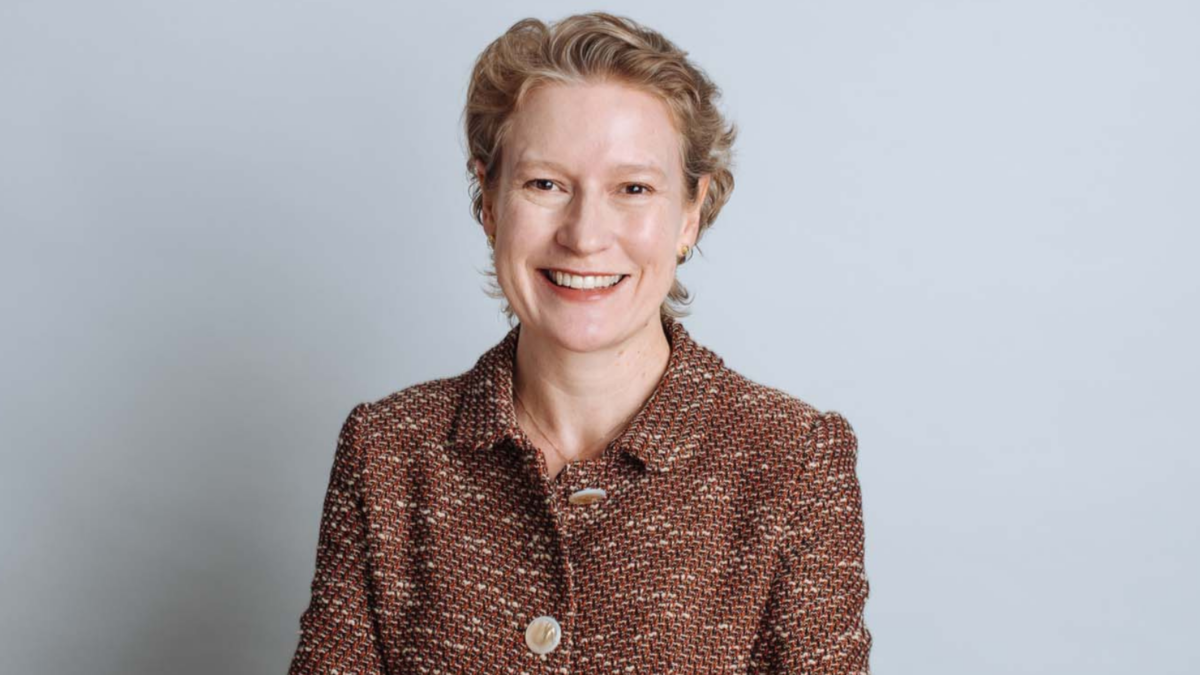Middle Eastern sovereign funds investing more at home
Sovereign wealth funds, especially those from the Middle East, are redirecting their new investments back home, according to a review by KPMG. Due largely to the relative firmness in the oil price, and as Western credit tightened or lurched towards crises, the Middle Eastern funds have taken on greater importance in the world investment market.
The KPMG report, ‘Emerging Trends in the Sovereign Wealth Fund Landscape,’ focuses on the Middle Eastern funds in the context of the global market. Funds in the six GCC (Gulf Cooperation Council) countries account for 30 per cent of the estimated US$5.3 trillion in assets held by sovereign funds, according to figures from the US Sovereign Wealth Fund Institute. GCC countries are: Saudi Arabia, United Arab Emirates, Oman, Kuwait, Bahrain and Qatar.
The report says: “Whether this is due to international forces, such as the Euro zone debt crisis, or as a result of local factors, such as the Arab Spring, it is becoming evident that SWFs are redirecting a portion of their funds from international investments back into the Middle East.
“Generally speaking, the most common changes within the region can be seen in local wage inflation and increases in major local infrastructure spend – evident in Qatar as the country gears up for the FIFA World Cup in 2022, and in Abu Dhabi as it seeks to grow into a major global financial centre and true global city (Abu Dhabi’s 2030 vision).
“Looking forward, 2013 is set to be an extremely active year for SWFs in the region. Many funds have increased their headcount significantly during 2011 and 2012 and have strengthened their in-house capabilities.
“While distressed periods are typically times when oil-rich SWFs have taken advantage of opportunities to acquire trophy assets in the West, we expect there to remain a heightened sense of caution. Western governments and organisations looking for capital from the Middle East need to adapt and demonstrate a deep understanding of what is driving the thinking of SWFs in the region, and be dedicated to making a long term commitment to building relationships that add value to their investment policy.”
GCC countries have three SWFs in the world’s top 10 by assets: the Abu Dhabi Investment Authority ($627 billion), Saudi Arabia’s SAMA Foreign Holdings ($533 billion) and Kuwait Investment Authority ($296 billion), according to the SWF Institute, which says Norway’s Government Pension Fund is the biggest SWF in the world ($716 billion). But the SWF Institute lists the two secretive funds, China’s SAFE and Singapore’s GIC, with $568 billion and $248 billion respectively. Both those figures are often estimated elsewhere as being much higher.
For the full report go to:
http://www.kpmg.com/AE/en/Documents/2013/Emerging_trends_in_the_regional_SWF_landscape.pdf








